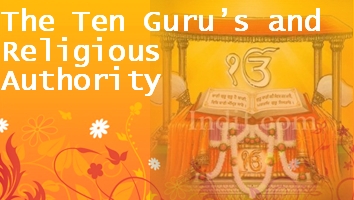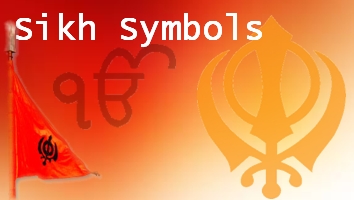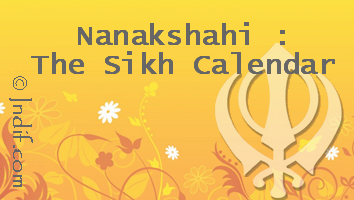Five K's or Panj Kakkar
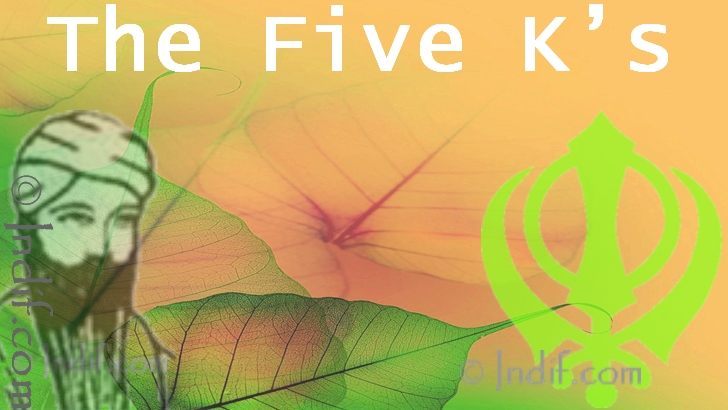
ੴ

Kesh (Hair):
Long unshorn hair. A symbol of spirituality. The hair is regarded with the highest importance in the Sikh religion. The Kesh act as the identity for a Sikh as well being a spiritual and practical tool that helps the body. The Kesh reminds a Khalsa to behave like the Guru's. It is a mark of dedication and group consciousness, showing a Khalsa's acceptance of God's will.double-edged sword called a Khanda in the centre, a Chakkar which is circular and two single-edged swords( kirpans), are crossed at the bottom and sit on either side of the Khanda and Chakkar. However, the name Khanda is derived from the central symbol, a special type of double-edged sword which confirms the Sikhs' belief in One God. The central double edged sword signifies truth, strength, freedom and justice. The circle or chakkar represents the eternal. This is a symbol of all-embracing divine manifestation including everything and wanting nothing, without beginning or end, neither first or last, timeless, and absolute. The two swords of Miri and Piri represent political and spiritual sovereignty.
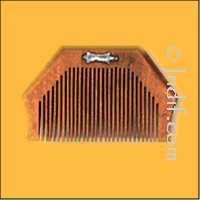
Kangha (comb):
A small wodden comb used to keep the hair tidy at all times.Typically worn underneath a turban, this represents cleanliness; and as such, is a practical way to look neat and pure at all times.

Kaacha (Shorts):
A Kaccha is a pair of knee length shorts. Practically it covers our body and ensures a Sikh is always ready and dressed modestly. Wearing kaacha a Sikh is reminded to exercise self-control.

Kara (Steel braclet):
A metal bracelet on the dominant arm is a symbol of restraint and gentility; it also reminds the Sikh that he is bonded to the Guru. It seeks to deter the Sikh from committing any type of sin. For most sins and crimes are committed through the hands, hence the Kara would always be seen by the Sikh.
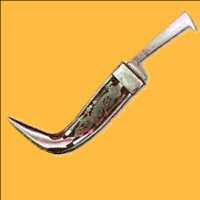
Kripan (Sword):
A short, often dagger-sized sword with which the Khalsa is committed to righteously defend the fine line of the truth. The Kirpan represents the Grace, Truth and Justice, which a Sikh represents which can only happen if a Sikh has no anger.

